From Lab to Life: How Leading Universities Are Redefining Neurodiversity and Disability Through AI Research
Dinis GuardaAuthor
Wed Nov 19 2025

Academic institutions are reimagining neurodiversity, not as deficit, but as strength. See how research from Stanford to MIT is building inclusive AI.
Part 3 of Wisdomia's Deep Dive into AI, Inclusivity, and Neurodiversity
The Revolution Starts in the Research Lab
In Parts 1 and 2 of this series, we explored the massive global need for assistive technology and the groundbreaking AI applications already transforming lives across six critical domains, from vision and hearing support to cognitive enhancement and mobility assistance.
But where do these innovations come from? Who's pushing the boundaries of what's possible? And perhaps most importantly: how is academic research translating into real-world impact for the 2.5 billion people who need assistive technology today?
The answer lies in a remarkable ecosystem of academic institutions that are fundamentally reimagining disability, neurodiversity, and human potential itself.
Welcome to the laboratories where the future of inclusive AI is being invented.
The Paradigm Shift: From Deficit to Strength
Stanford's Revolutionary Approach
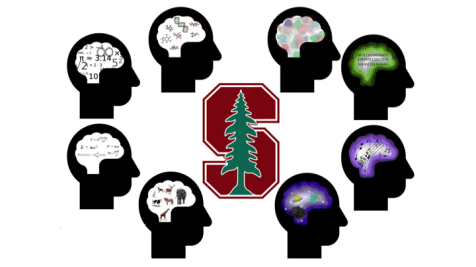
At Stanford University's Department of Psychiatry and Behavioral Sciences, Dr. Lawrence Fung is leading what can only be described as a conceptual revolution. The Stanford Neurodiversity Project represents a paradigm shift from traditional medical models, which view neurodivergence as a collection of deficits to be remediated, to strengths-based approaches that recognise neurodivergent excellence as a distinct form of human capability.
This isn't semantic wordplay. It's a fundamental reconceptualisation with profound implications.
Dr. Fung's laboratory uses novel neuroimaging and bioanalytical technologies to advance understanding of the neural bases of human socio-communicative and cognitive functions. But unlike traditional research that seeks to identify "abnormalities," this work explores the unique architectures of neurodivergent cognition as variations worthy of study, understanding, and support, not correction.
Community-Based Participatory Research
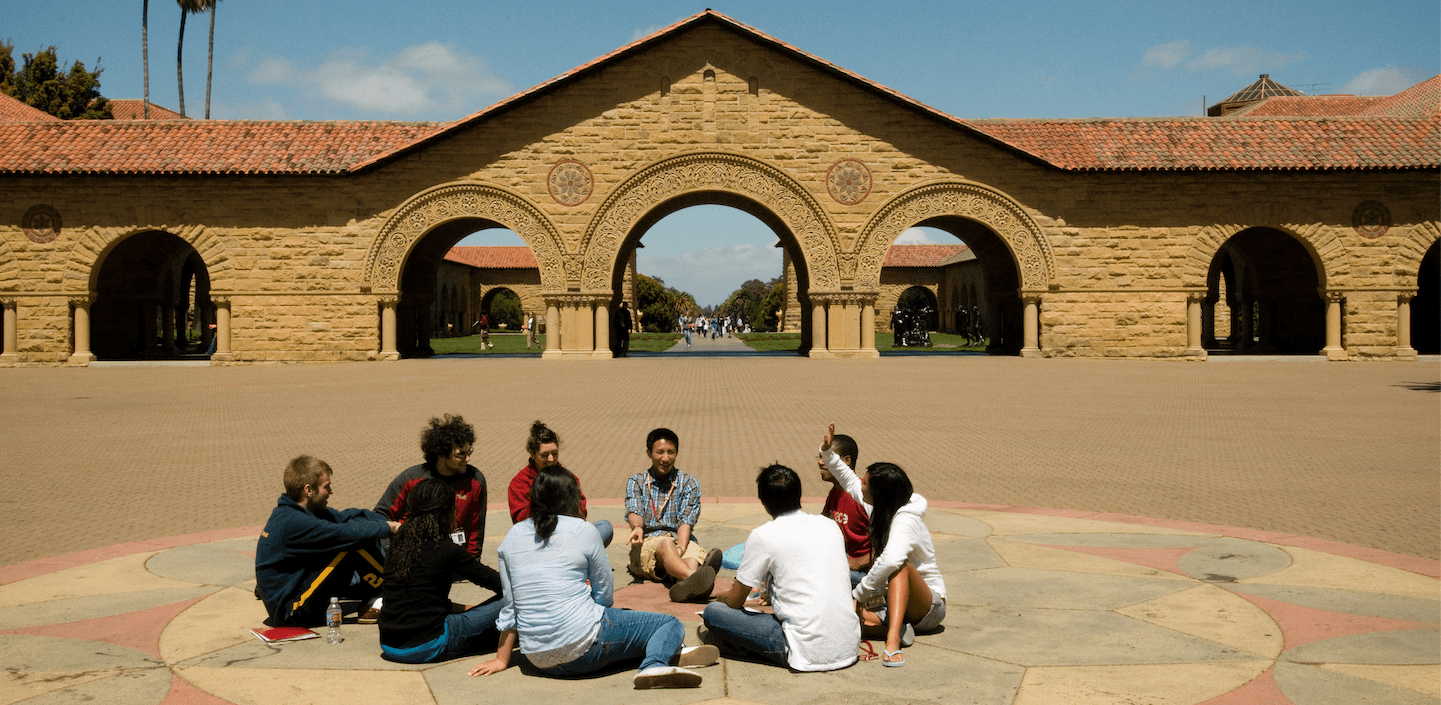
Stanford's approach embodies another critical shift: from research on people with disabilities to research with them. Using community-based participatory research methods, the Stanford team devises and implements interventions by involving neurodiverse individuals as co-creators, not just subjects.
Current research initiatives include:
- Vocational training studies designed specifically for neurodiverse individuals
- AI-powered job matcher projects with the Neurodiversity At Work initiative
- Novel interventions to maximise potential and productivity
The funding backing this work demonstrates its credibility and importance:
- National Institutes of Health
- Autism Speaks
- California Department of Developmental Services
- California Department of Rehabilitation
- Multiple philanthropic foundations
The Stanford Neurodiversity Summit: A Global Convening
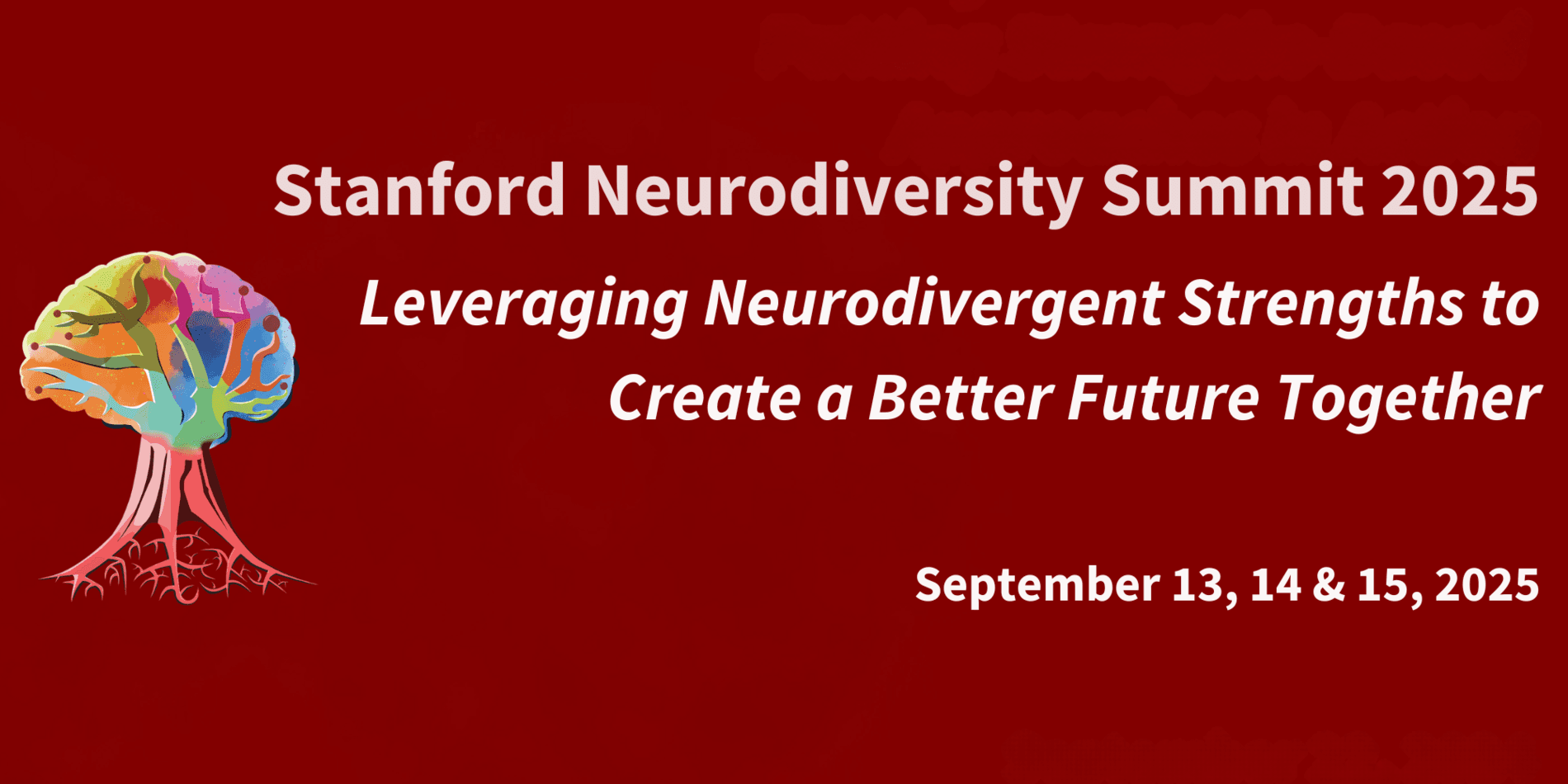
Now in its sixth year, the annual Stanford Neurodiversity Summit brings together neurodiverse individuals, employers, service agencies, educators, researchers, and professionals from all fields. The scale of engagement is remarkable: the 2024 Summit, themed "Putting Strengths-Based Approaches in Action," received over 80 proposals from individuals and groups worldwide.
The 2025 Summit focuses on how neurodivergent strengths bring opportunities to innovate, collaborate, and build a more forward-thinking society, a theme that would have been nearly unthinkable in mainstream academic discourse just a decade ago.
This isn't just research; it's movement-building.
The Global Research Landscape: Academic Excellence Across Institutions
Stanford isn't alone. A constellation of world-leading institutions is driving innovation in AI-powered assistive technologies:
MIT: Engineering the Accessible Future

The Massachusetts Institute of Technology's Accessible Technology Lab focuses on assistive robotics and adaptive interfaces, filing multiple patents for AI-powered prosthetics and intelligent assistance systems. MIT's engineering excellence meets disability innovation, creating technologies that push the boundaries of what human-machine collaboration can achieve.
University of Toronto: Clinical Translation
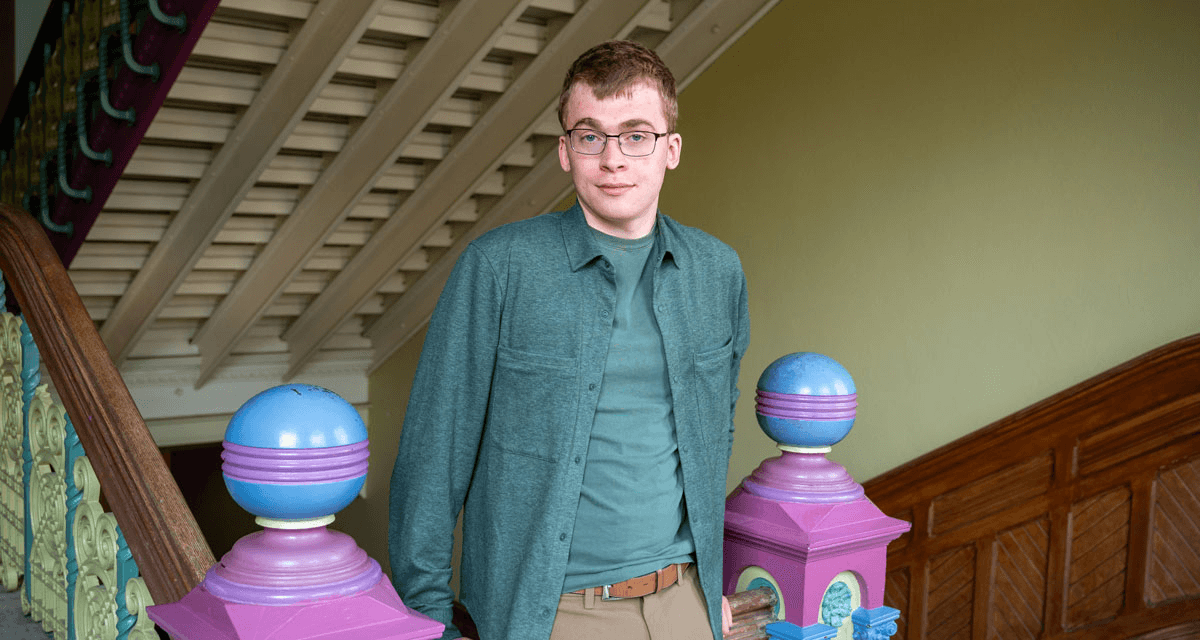
Toronto's research programs focus on mental health and autism, developing the neurodiversity paradigm studies that inform clinical care guidelines. This work bridges the gap between theoretical understanding and practical clinical application, ensuring that paradigm shifts in academia translate to improved care in healthcare settings.
Vanderbilt University: Cognitive Tools

Vanderbilt has developed the Planning Assistant AI and other executive function tools that help neurodivergent individuals manage complex tasks. Their work demonstrates how AI can serve as a cognitive scaffold, extending human capability rather than replacing human agency.
Purdue University: Algorithmic Justice
Purdue's research on AI ethics and disability bias tackles a critical challenge: ensuring that AI systems don't perpetuate or amplify existing discrimination. Their bias detection frameworks help developers identify and remediate algorithmic unfairness before it reaches users, a crucial safeguard as AI systems become more pervasive.
San Diego State University: Cultural Inclusivity

SDSU's focus on language development and bilingual autism brings essential cultural diversity perspectives to neurodiversity research. Their work on inclusive research methods ensures that AI assistive technologies work across cultural contexts, not just for dominant cultural groups.
WHO/UNICEF: Global Health Policy
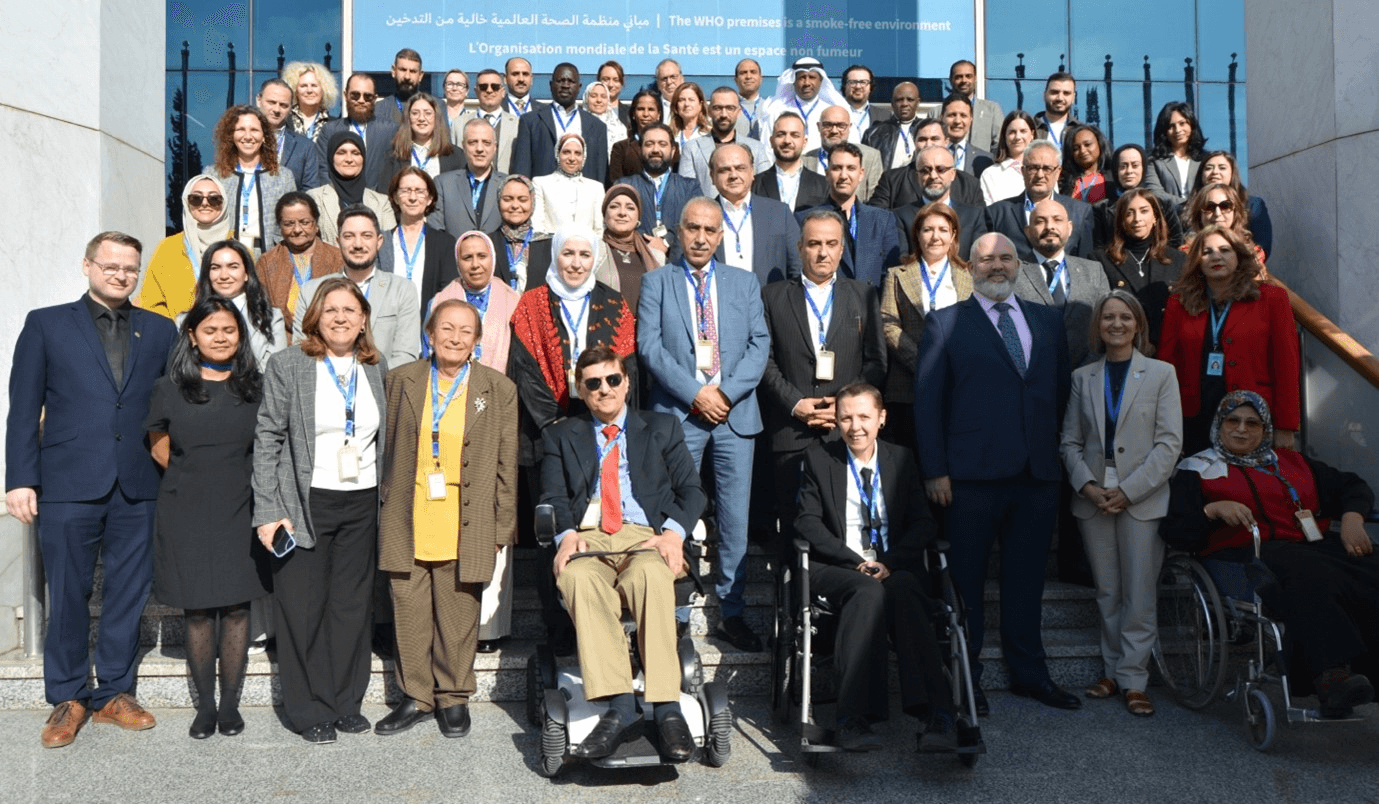
The World Health Organisation and UNICEF's collaboration produced the Global Report on Assistive Technology (GReAT) and established the Global Cooperation on Assistive Technology (GATE) Initiative. This work identified the needs of 2.5 billion people and created policy frameworks that governments worldwide can adopt to improve assistive technology access.
The Research That's Changing Everything
Systematic Evidence Review
A 2025 narrative review published by the National Center for Biotechnology Information examined 19 review studies through systematic processes, identifying prevailing themes, opportunities, challenges, and recommendations regarding the integration of AI in assistive technologies.
The research, finalised by December 2024, focuses on healthcare applications and demonstrates AI's transformative potential in enhancing autonomy and quality of life for individuals with disabilities and aging populations.
This meta-analysis of existing research provides evidence-based validation for what advocates have long known: AI assistive technology works, and it works at scale.
Nature's Peer-Reviewed Validation
Research published in Nature, among the world's most prestigious scientific journals, demonstrates that AI technology supports adaptive functioning in neurodevelopmental conditions in everyday environments. Studies show that assistive technology helps individuals perform tasks that are challenging due to cognitive, communication, mobility, or sensory impairments, thereby promoting greater independence and participation in community life.
This isn't anecdotal evidence or wishful thinking. It's rigorous, peer-reviewed science from the highest-impact journals in the world.
The Translation Pipeline: From Discovery to Impact
Academic research only matters if it reaches the people who need it. The most effective institutions have built robust translation mechanisms:
University-Industry Partnerships
Collaborations between academic researchers and technology companies accelerate the journey from laboratory prototype to commercial product. These partnerships combine academic freedom to explore novel approaches with industry resources for scaling and distribution.
Startup Incubators
University-based incubators help researchers commercialise their innovations, creating companies that can bring assistive technologies to market. Be My Eyes, featured in Part 2 of this series, emerged from this type of ecosystem.
Licensing Agreements
Universities license their patents and intellectual property to established companies, enabling rapid deployment of research breakthroughs through existing distribution channels.
Grant Programs and Open Science
Funding from organisations like the NIH and Autism Speaks supports research, while open science initiatives ensure that discoveries are shared widely rather than locked behind paywalls or proprietary systems.
The result? A pathway from laboratory discovery to lived experience improvement that's faster and more effective than ever before.
Emerging Research Trends: The Next Frontier (2025-2030)
The cutting edge of academic research reveals where assistive AI is headed:
1. Personalised AI Adaptation
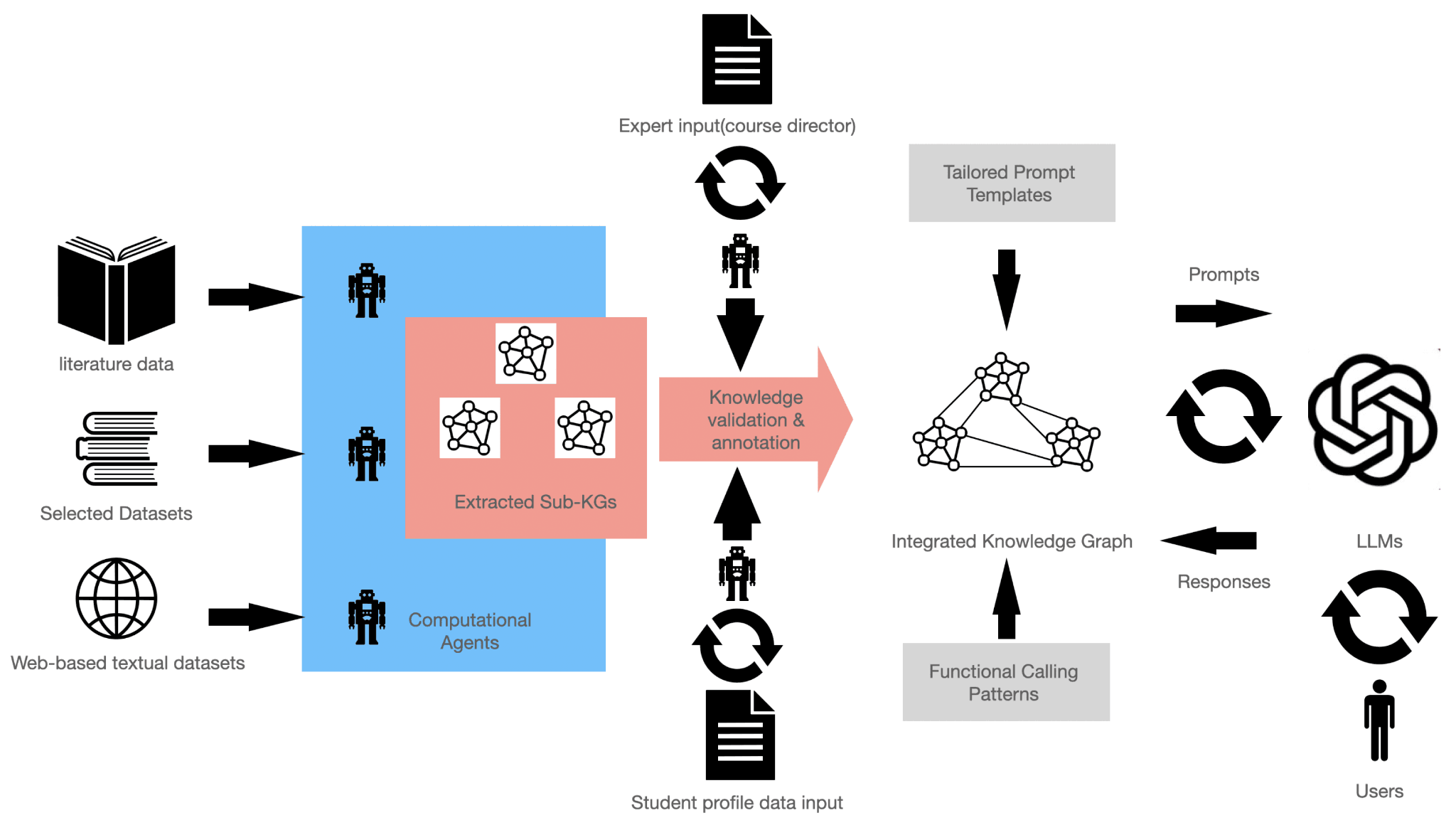
Machine learning systems that continuously adapt to individual user needs and preferences. Rather than one-size-fits-all solutions, AI learns each user's unique patterns, challenges, and strengths, becoming more effective over time.
2. Multimodal Integration
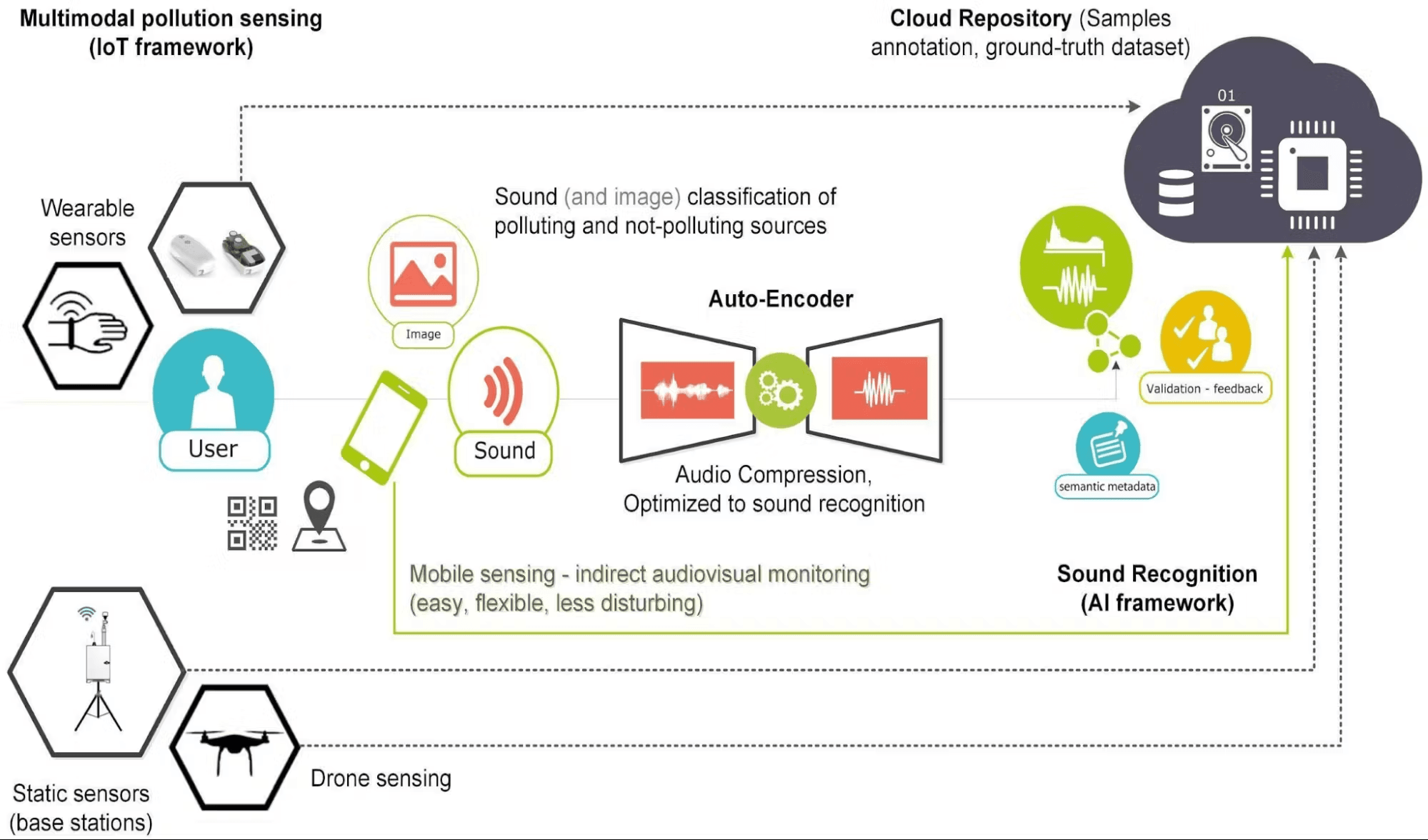
Combining vision, speech and sensor data for comprehensive assistance that responds to the full complexity of real-world environments. Future systems will seamlessly integrate information across modalities to provide contextually appropriate support.
3. Brain-Computer Interfaces
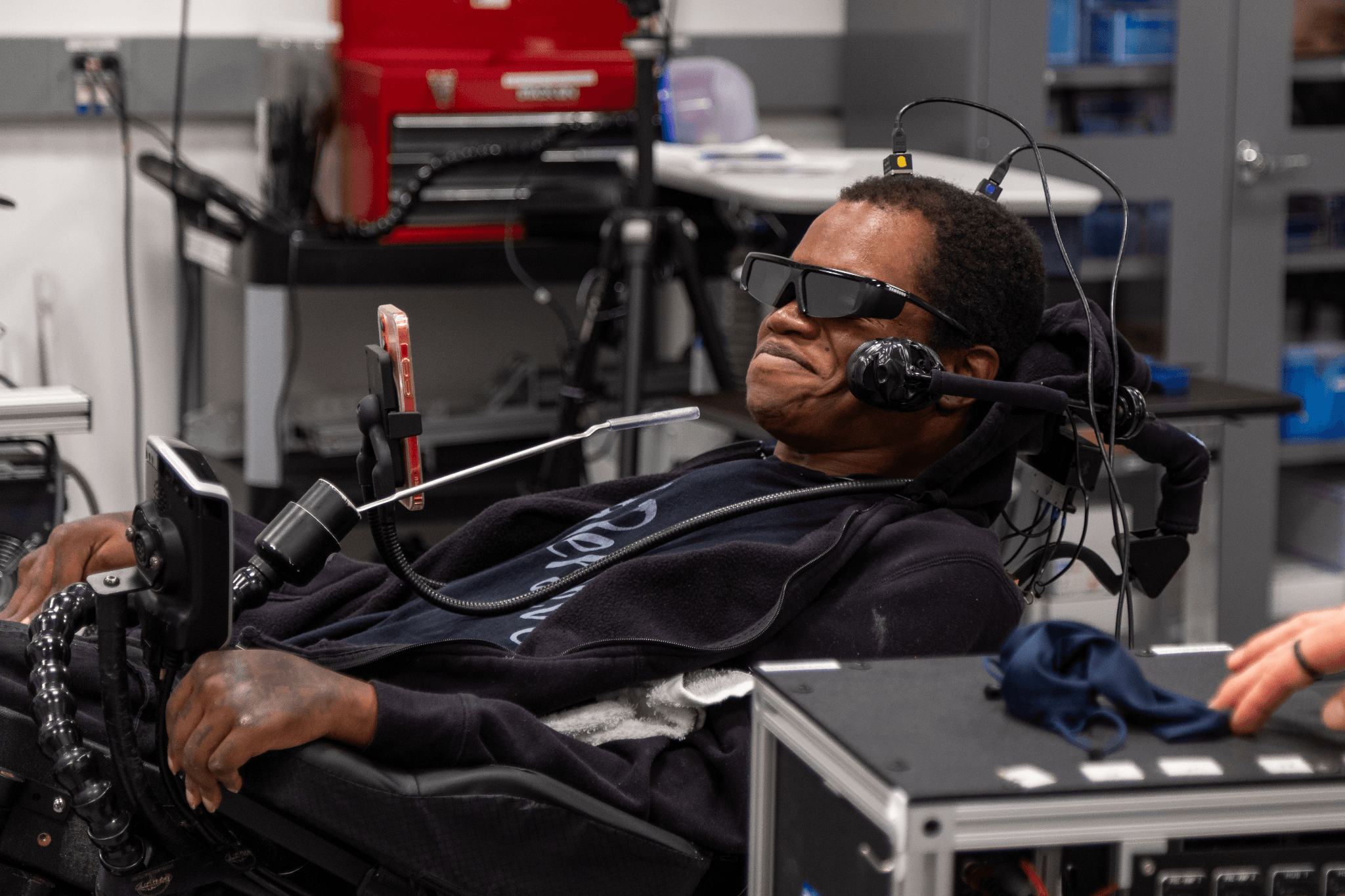
Direct neural control of assistive devices, bypassing traditional input methods entirely. This technology promises independence for individuals with severe physical disabilities, enabling control of computers, wheelchairs, prosthetics, and environmental systems through thought alone.
4. Predictive Analytics
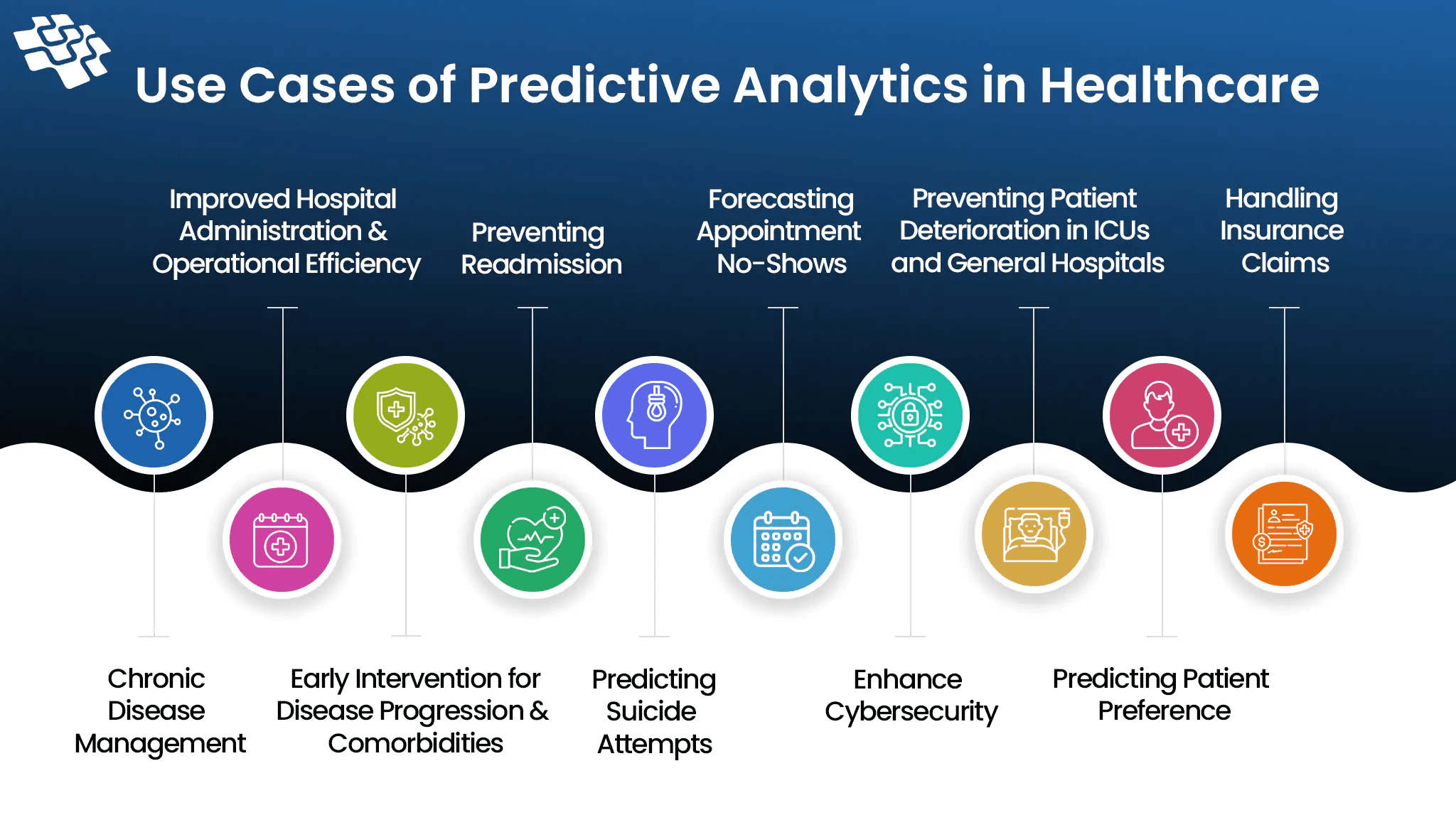
Systems that anticipate user needs before they arise, providing proactive rather than reactive assistance. Imagine AI that suggests taking a break before cognitive fatigue sets in, or that prepares navigation routes before you've explicitly decided where to go.
5. Explainable AI

Transparent algorithms that users can understand and trust. As AI systems become more sophisticated, ensuring that users comprehend how decisions are made becomes critical for autonomy, dignity, and informed consent.
6. Cultural Adaptation
AI systems responsive to diverse cultural contexts and languages, ensuring that assistive technology works for everyone, not just dominant cultural groups. This includes linguistic diversity, cultural norms around disability, and varied approaches to independence and assistance.
7. Longitudinal Impact Studies
Research examining the long-term effects of AI assistance on independence, quality of life, employment outcomes, and social participation. This evidence base will guide policy, funding and design decisions for decades to come.
The Methodological Revolution: How Research Is Changing
Beyond specific technologies, academic institutions are transforming research methodologies themselves:
From Extractive to Participatory
Traditional research treated people with disabilities as subjects to be studied. Modern approaches involve them as co-creators and co-researchers, ensuring that research questions, methods, and applications reflect the priorities and insights of the communities being served.
From Siloed to Interdisciplinary
The most impactful research combines expertise from computer science, neuroscience, engineering, psychology, sociology, design, and disability studies. Interdisciplinary collaboration produces innovations that no single field could achieve alone.
From Publication to Translation
Academic success is no longer measured solely by papers published in prestigious journals. Increasingly, institutions value real-world impact, lives improved, products deployed, policies changed, as the ultimate measure of research success.
From Deficit to Strength
Perhaps most fundamentally, research is shifting from viewing disability as pathology to recognising neurodivergent and disability experiences as sources of insight, innovation, and human diversity that enrich society.
The Numbers Behind Academic Impact
The scale of academic contribution is substantial:
- 80+ global proposals submitted to Stanford's 2024 Neurodiversity Summit
- 19 systematic reviews analysed in NCBI's comprehensive assessment
- 2.5 billion people whose needs were identified through WHO/UNICEF research
- Multiple patents filed by MIT for assistive robotics and adaptive interfaces
- Hundreds of peer-reviewed articles in Nature and other top journals validating AI assistive technology efficacy
But numbers only tell part of the story. The real impact lies in the paradigm shifts these institutions are driving.
The Challenges That Remain
Despite remarkable progress, significant challenges persist:
Funding Constraints
Research requires sustained investment, yet funding for disability-focused research remains limited compared to other health and technology priorities.
Publication Bias
Academic journals tend to publish positive results, potentially creating an overly optimistic picture of what AI assistive technologies can achieve while underreporting failures and limitations.
Translation Gaps
Even successful research doesn't always reach the communities who need it, due to commercialisation barriers, cost constraints, or lack of awareness.
Representation Issues
Researchers with disabilities and from diverse cultural backgrounds remain underrepresented in academic institutions, potentially limiting the range of questions asked and approaches explored.
Ethical Tensions
Balancing rapid innovation with careful consideration of privacy, autonomy, consent, and potential harms requires ongoing vigilance and dialogue.
The Academic-Advocacy Alliance
The most powerful research happens when academic institutions partner with disability advocacy organisations, ensuring that research priorities reflect community needs and that findings translate into policy change and practical tools.
Organisations like the National Federation of the Blind (which invested in Be My Eyes' Series A+ funding) bridge the gap between research and lived experience, providing both funding and invaluable guidance to ensure innovations serve their intended communities effectively.
From Theory to Transformation: Real-World Applications
Stanford's AI-powered job matcher isn't just a research project, it's actively helping neurodiverse individuals find employment that leverages their strengths. Vanderbilt's Planning Assistant is being used daily by individuals with executive function challenges. MIT's assistive robotics are moving from laboratory prototypes to commercial products.
This is the translation pipeline working as intended: from laboratory discovery to lived experience improvement.
The Global Ripple Effect
When Stanford hosts a summit that attracts 80+ proposals from around the world, it creates a global community of practice. When WHO/UNICEF publishes research identifying 2.5 billion people's needs, it provides evidence that governments and organisations can use to justify investment and policy change.
Academic research doesn't just create knowledge, it creates permission, validation and momentum for societal transformation.
The Laboratories of Human Potential
The university laboratories and research institutions featured in this chapter aren't just studying assistive technology, they're reimagining human capability itself.
By shifting from deficit models to strengths-based approaches, from extractive research to participatory co-creation, and from publication to real-world translation, these institutions are building the evidence base and the innovations that will define inclusive society for generations to come.
Dr. Lawrence Fung's work at Stanford asks a revolutionary question: What if neurodivergence isn't a collection of problems to solve, but a set of capabilities to support and amplify?
The research emerging from MIT, Toronto, Vanderbilt, Purdue, San Diego State, and dozens of other institutions worldwide provides an increasingly clear answer: When we provide the right support, increasingly powered by AI, neurodivergent and disabled individuals don't just achieve parity with typical functioning. They excel. They innovate. They transform their fields and their communities.
The 80+ proposals submitted to Stanford's summit, the 19 systematic reviews validating AI assistive technology, the peer-reviewed articles in Nature, the patents filed, the clinical guidelines published, these aren't just academic exercises.
They're the blueprint for a more inclusive world.
In Parts 1 and 2, we explored the need and the technologies. In this chapter, we've seen the research foundation that makes it all possible and the emerging trends that will shape the next decade of innovation.
The laboratories are working. The evidence is mounting. The paradigm is shifting.
The question is whether society will move as quickly as the science.
Based on research from "AI Inclusivity, Neurodiversity and Disabilities: A Comprehensive White Paper on Artificial Intelligence as a Transformative Force" by Dinis Guarda
Key Academic Contributions:
- 80+ global proposals to Stanford Neurodiversity Summit (2024)
- 19 systematic reviews analysing AI assistive technology efficacy
- 2.5B people identified through WHO/UNICEF Global Report
- Multiple institutions shifting from deficit to strengths-based models
- Research trends: personalisation, multimodal integration, brain-computer interfaces
Next in this series: Part 4 will examine corporate leadership in assistive AI, exploring how companies like Microsoft, Google, Apple, and emerging startups are translating academic research into products that millions use daily.
previous
The Multidisciplinary Titans: 100 Artists Who Transcended Medium
next
The Cinematic Titans: 100 Filmmakers Who Taught Humanity to Dream in Motion
Share this

Dinis Guarda
Author
Dinis Guarda is an author, entrepreneur, founder CEO of ztudium, Businessabc, citiesabc.com and Wisdomia.ai. Dinis is an AI leader, researcher and creator who has been building proprietary solutions based on technologies like digital twins, 3D, spatial computing, AR/VR/MR. Dinis is also an author of multiple books, including "4IR AI Blockchain Fintech IoT Reinventing a Nation" and others. Dinis has been collaborating with the likes of UN / UNITAR, UNESCO, European Space Agency, IBM, Siemens, Mastercard, and governments like USAID, and Malaysia Government to mention a few. He has been a guest lecturer at business schools such as Copenhagen Business School. Dinis is ranked as one of the most influential people and thought leaders in Thinkers360 / Rise Global’s The Artificial Intelligence Power 100, Top 10 Thought leaders in AI, smart cities, metaverse, blockchain, fintech.
More Articles

The New Reality of NFT Royalties: A Practical Guide for Creators

The Hard Truths: Three Critical Barriers Standing Between AI Innovation and Universal Accessibility
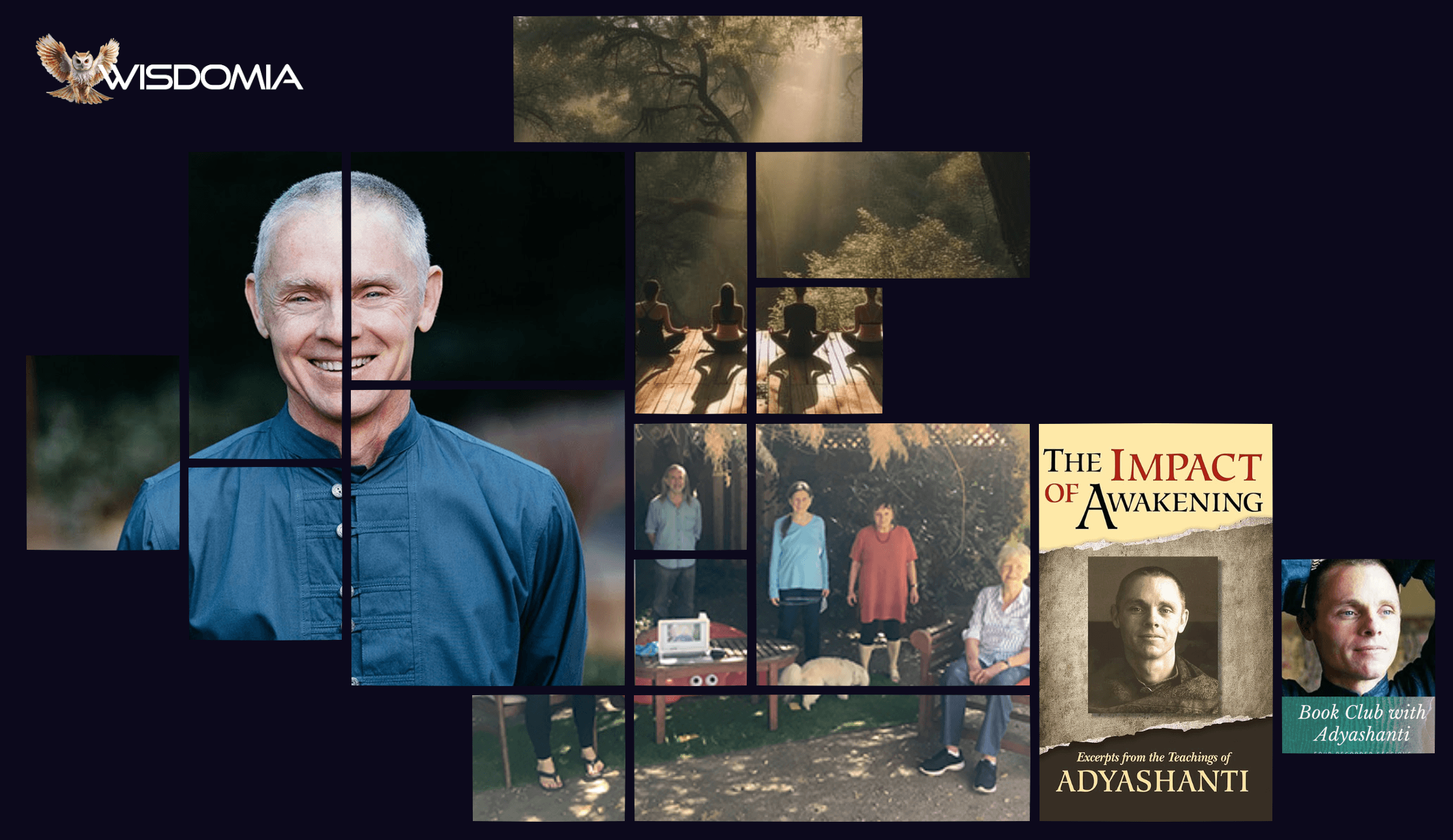
Elder Voices of the Millennium: Adyashanti
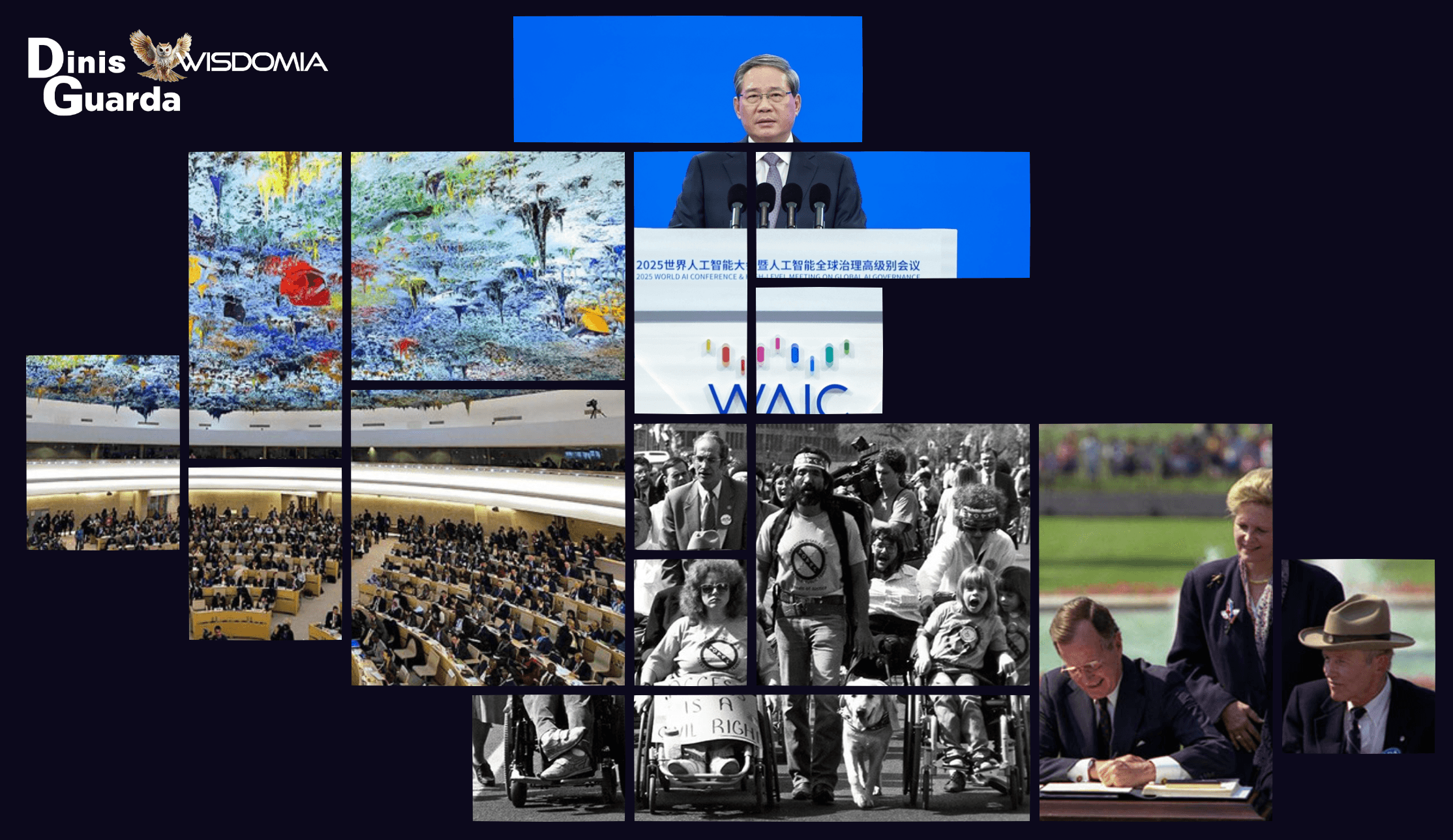
The Rules of the Game: How Global Policy Is Shaping AI Accessibility from Rights to Reality

The Rise and Fall of Civilisations: A Complete History





